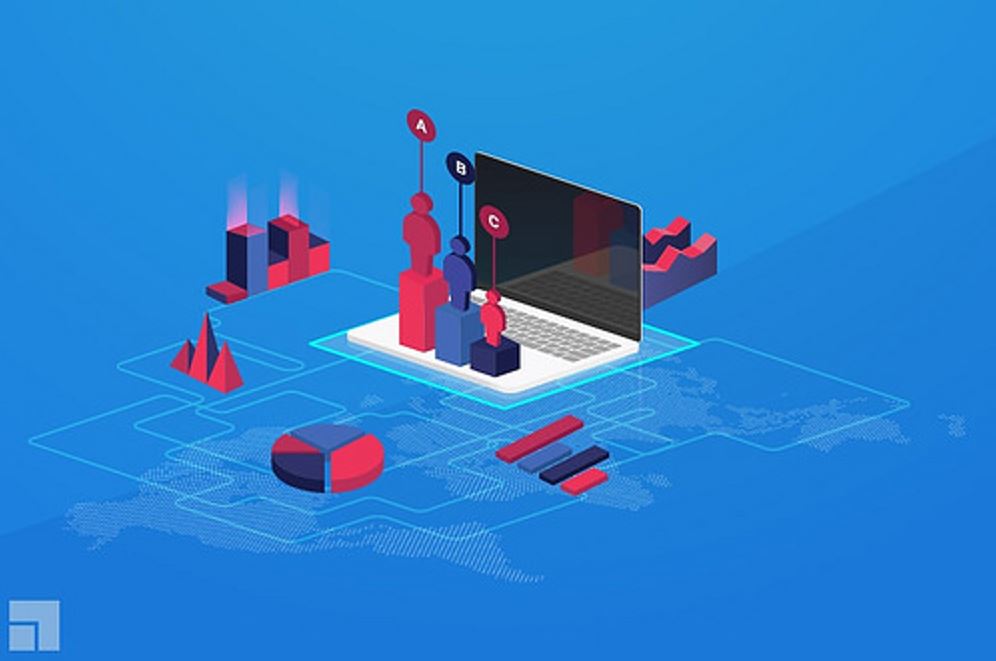
With growth and evolution comes accessibility. As the data analytics market has blossomed, so too have the opportunities for developers, investors and, importantly, business leaders. With Big Data worth an estimated $42 billion in 2018 alone, the market for software capable of unlocking this information has grown tremendously. According to MarketsandMarkets, embedded data analytics was worth $26.77 billion/£20.48 billion in 2017 and will top $51.78 billion£39.62. billion by 2022.
Fuelling this growth is an increase in embedded data analytics. A decade or so ago, when Big Data was becoming popular as a business tool, only experts could unlock its potential. By spending millions on dedicated data hubs that curated masses of information, major corporations were able to refine their products and services. As time went on, developers found ways to make data analytics a mass-market opportunity. By combining machine learning and automated analytical tools into user-friendly software, embedded data analytics was born.
Embedded Data Analytics Makes Personal and Public Insights More Accessible
Essentially the middleman between business analytics and end-to-end business intelligence platforms, embedded data analytics has made it easier for companies to utilise Big Data. Indeed, the key to this technology’s success is its ability to integrate analytics and visualisation tools and directly into an application. By doing this, developers have not only made it easier for companies to collect and analyse data but also to draw conclusions from it. Indeed, one of the simplest yet effective examples in popular culture right now is the Fitbit.
At its core, Fitbit is a data collection tool. Tracking the user’s movements, heartrate and sleep, the device can paint a complete picture of someone’s general fitness. However, it can only do this with the help of the Fitbit app and embedded data analytics. By using the Fitbit premium app service, users can get personal health insights via icons, graphs and charts. What’s more, the software is capable of recommending exercises and tailoring training plans based on the data it receives. Basically, Fitbit has made it easier for health novices to interpret the data collected and, subsequently, refine their training routines. This is the same service business-focused companies such as Sisense now provide.
Big Data Means Big Profits When Used Correctly

In another application of this technology, Sisense offers white label analytics software that can be tailored to a business’s specific needs. Using patented In-Chip® data processing, the software is able to sift through data faster than conventional in-memory systems. What’s more, it’s a complete end-to-end solution, much like the Fitbit. In other words, any type of user can interpret the analytical insights collected via a series of visuals and animations. These white label solutions are driving the embedded analytics market and Big Data as a whole. By removing the need for experts and opening up data analytics to everyone and anyone, more business are able to flourish.
Although the financial benefits of using Big Data effectively will vary from industry-to-industry, the reality is that effective analytics will boost your bottom-line. Surveying 476 executives from around the world, Economist Intelligence Unit found that 63% said they routinely generate value from data analytics. Of those that use Big Data, 60% believe it generates more revenue while 83% say it improves existing products and services. Put simply, data equals dollars (or pounds) if you know how to use it. With more business owners understanding this, the market for analytics software is growing, which is why embedded analytics has become popular. From health to finance, everyone now has the opportunity to collect, assess and benefit from Big Data.

